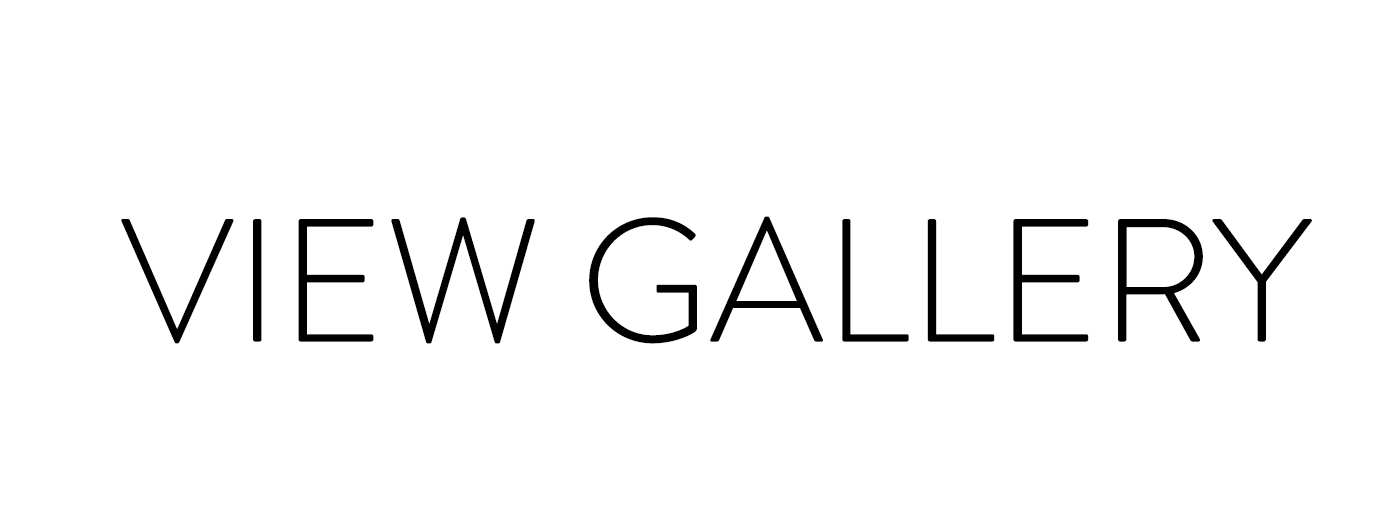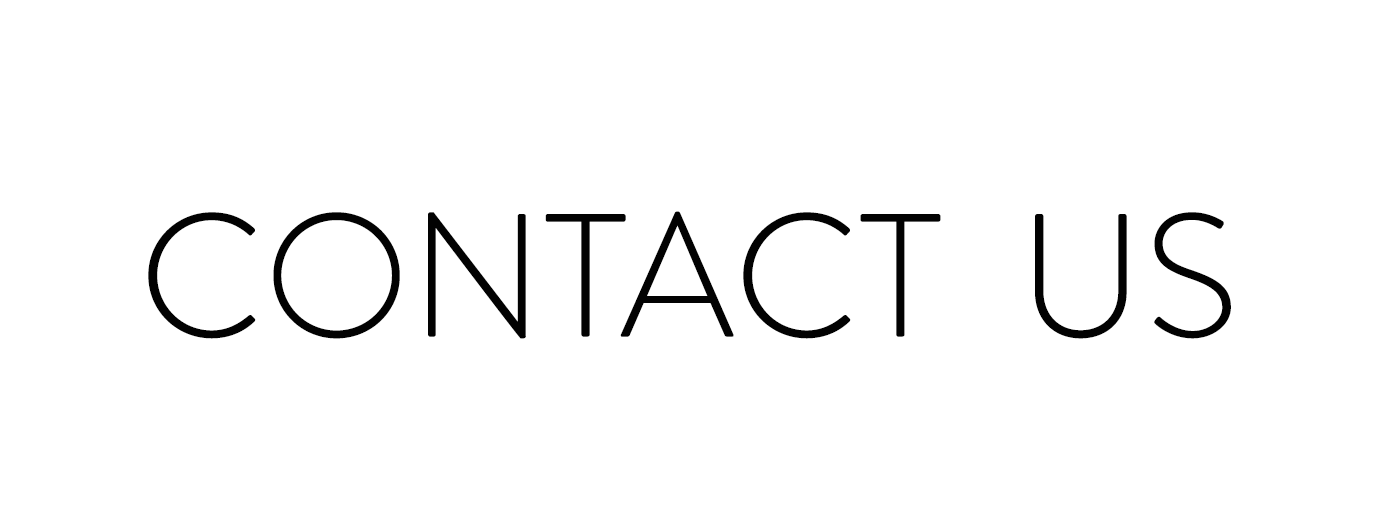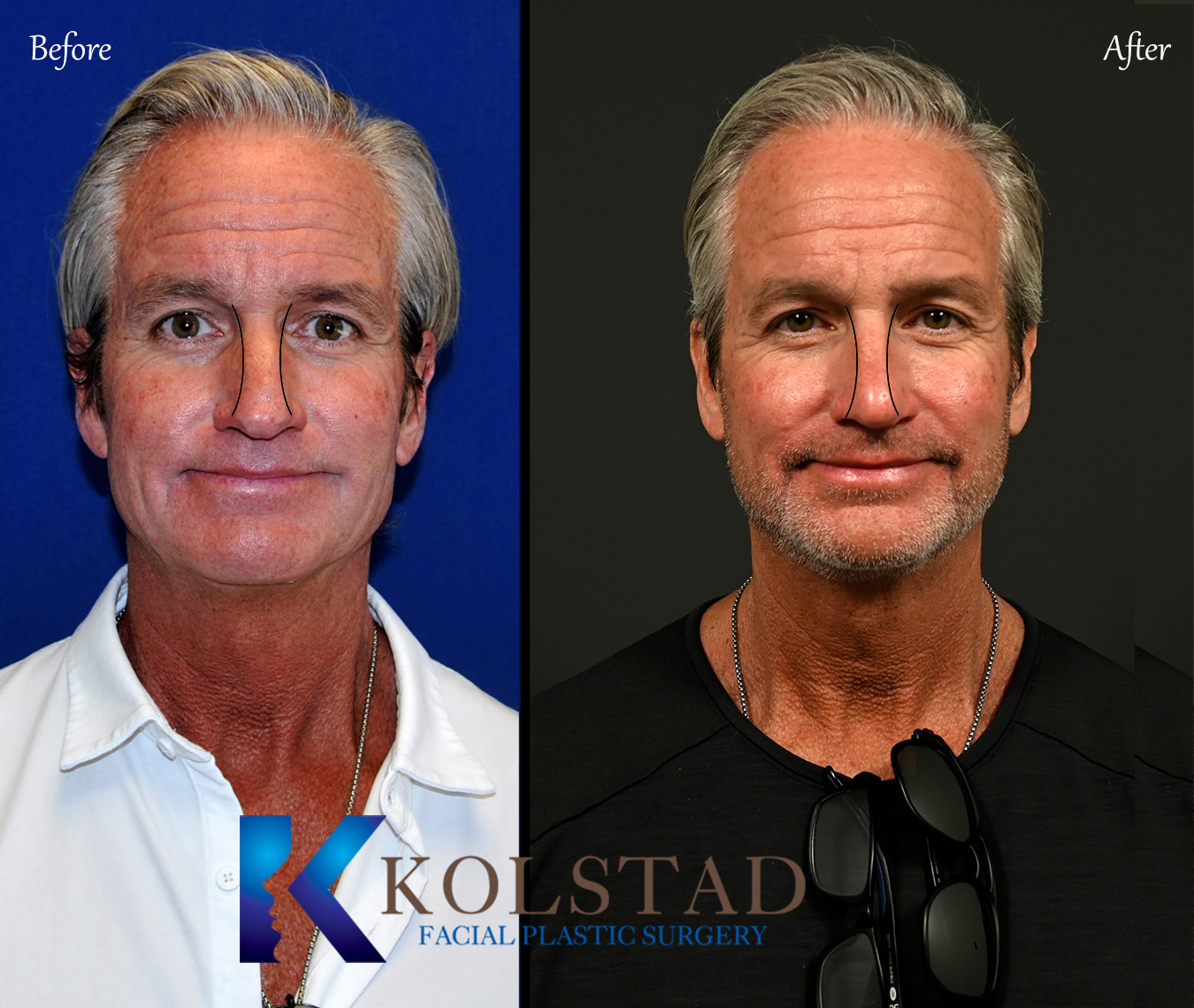Dorsal Preservation Rhinoplasty
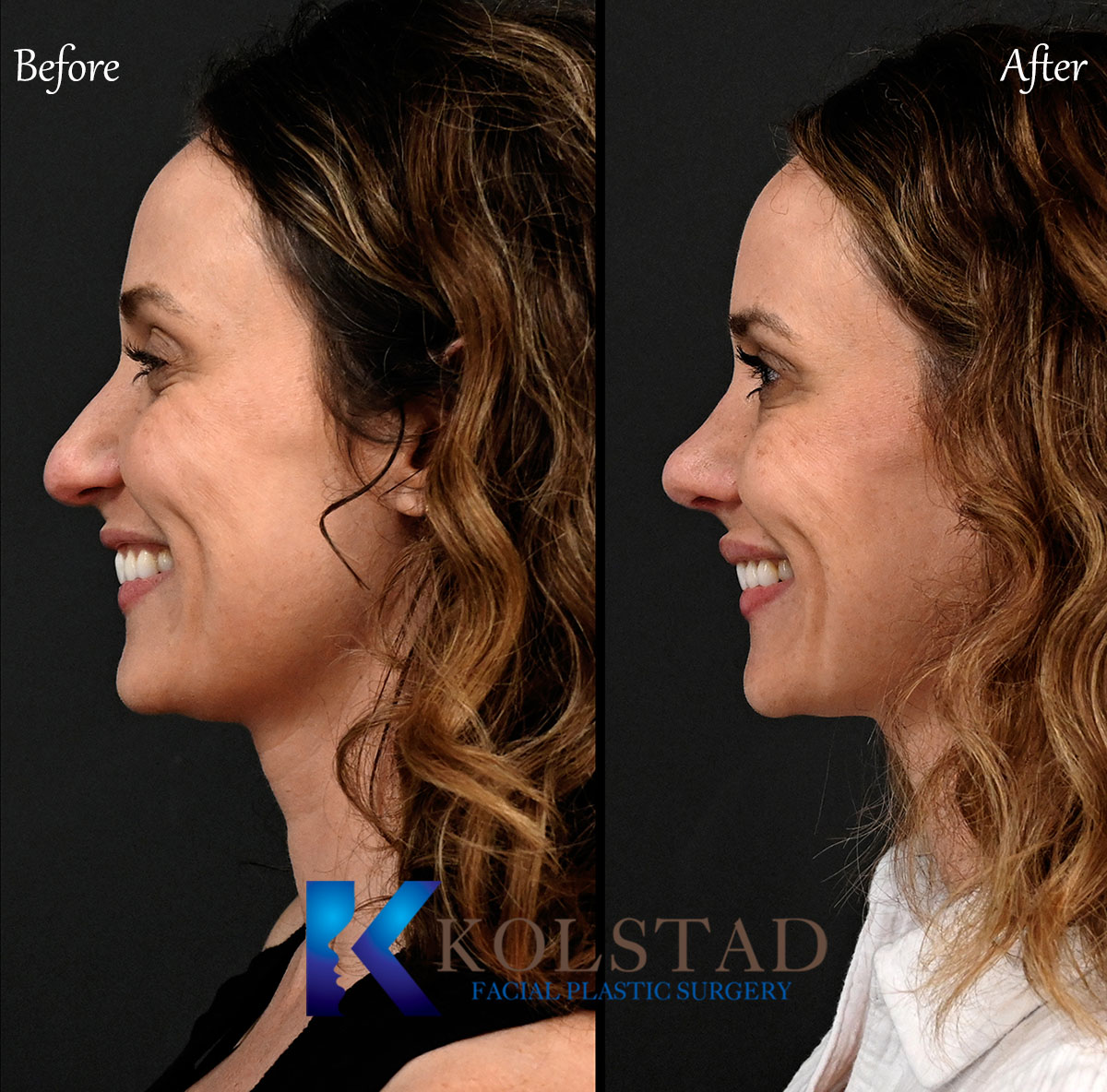
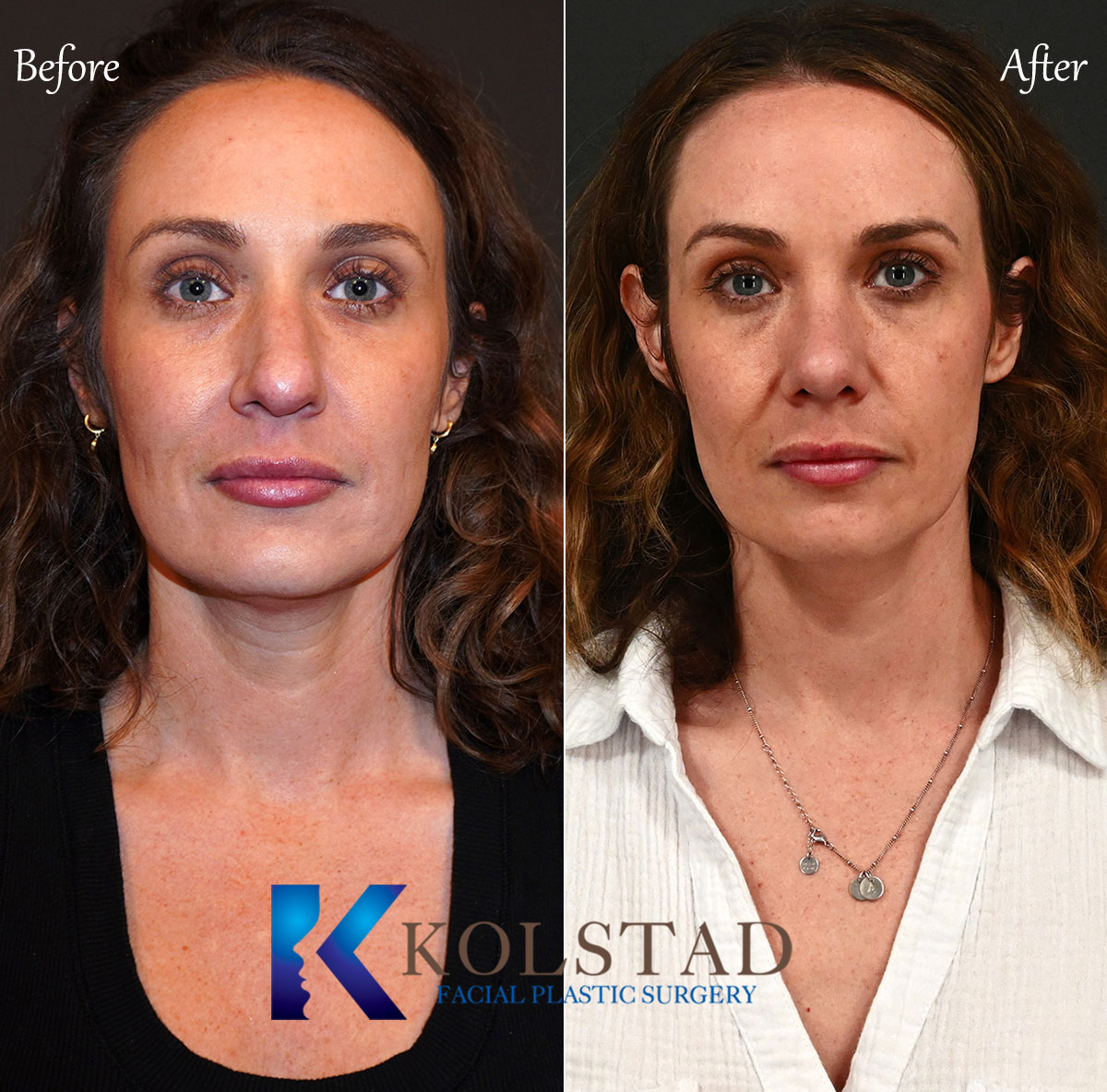
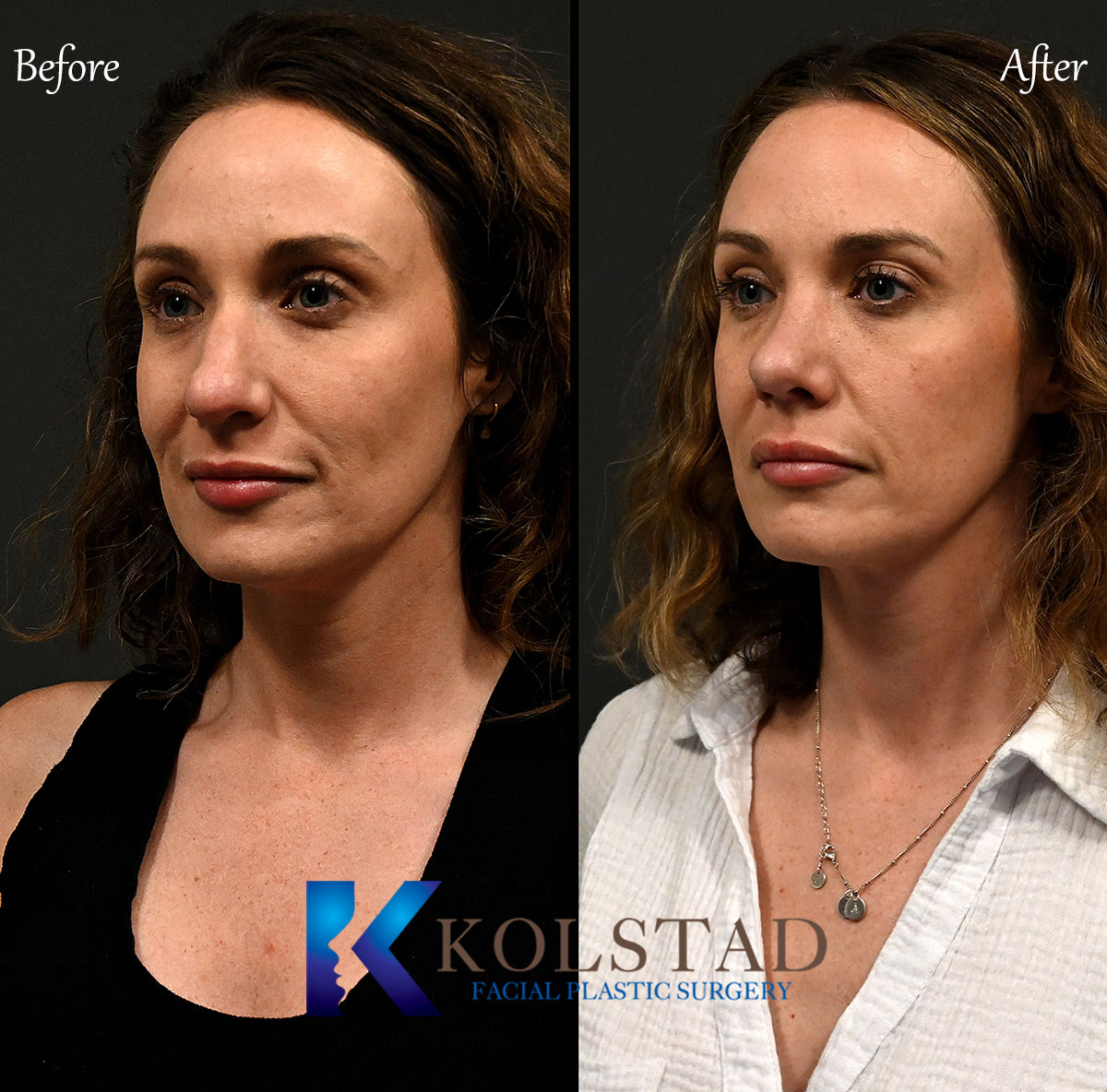
Dorsal Preservation Rhinoplasty results may vary.
Preservation Rhinoplasty San Diego
Looking for the best dorsal preservation rhinoplasty in San Diego? Dr. Christopher Kolstad is a nose job specialist with a strong focus on preservation rhinoplasty. If you want more information on dorsal preservation nose jobs, how much is a nose job, how much rhinoplasty costs, or rhinoplasty before and afters, you’ve come to the right place! This guide covers everything you need to know about modern nose surgery techniques, rhinoplasty pricing, and real patient transformations.
What Is Dorsal Preservation Rhinoplasty?
Dorsal Preservation Rhinoplasty is a revolutionary approach to nasal reshaping that preserves the natural architecture of the nose while achieving a refined, balanced appearance.
Traditional rhinoplasty techniques—whether performed using an open or closed approach—typically remove the nasal hump from the top of the bridge, which is also the narrowest part. This method can often lead to a wider, flatter appearance of the nasal bridge when viewed from the front. Many patients are pleased with the lowered bridge profile on the side view, but may feel disappointed by the resulting widening of the bridge when viewed from the front.
Dorsal Preservation Rhinoplasty is a technique that lowers the nasal bridge by reshaping the underlying structures while preserving the natural surface of the bridge. By removing the hump from beneath rather than from the top, the bridge retains its narrow, smooth, and elegant appearance.
If you like how your nose looks from the front but are bothered by a hump on the side, Dorsal Preservation Rhinoplasty may be the right solution for you.
 Dorsal aesthetic lines
Dorsal aesthetic lines
The soft, symmetrical curves that run from the inner corners of the eyebrows (glabella) down along each side of the nasal bridge to the tip of the nose when viewed from the front.
Key Features of Dorsal Aesthetic Lines:
-
They define the shape and symmetry of the nose.
-
Ideally, they create a gentle, smooth contour from the brow to the tip.
-
These lines help determine how elegant, balanced, and refined the nose appears—especially in frontal view photographs.
Why Are Dorsal Aesthetic Lines Important in Rhinoplasty?
In rhinoplasty (especially dorsal preservation), maintaining or enhancing dorsal aesthetic lines is crucial because:
-
They contribute to facial harmony.
-
Over-resection or improper reshaping can distort these lines, making the nose appear too flat, wide, or asymmetric.
-
Preserving these lines leads to a more natural and refined result, especially in high-definition photos or real-life close-ups.
By embracing this innovative technique, Dr. Kolstad has completely transformed his approach to rhinoplasty. He can now reduce large dorsal humps, narrow wide nasal bones, and sculpt the nasal bridge—all while preserving the natural beauty seen from the front view. So why the change? Dorsal preservation offers a more natural, harmonious front profile after surgery. Keep the front, refine the side—what’s not to love?
Dorsal Preservation and Dorsal Aesthetic Lines:
Dorsal preservation allows Dr. Kolstad to maintain the natural soft-tissue envelope and dorsal lines of the nose, with the ability to:
-
Keep the lines intact when they are aesthetically pleasing.
-
Narrow them by reducing the width of the bony pyramid, often through controlled osteotomies or let-down techniques.
-
Widen them subtly if needed, often by preserving dorsal height and adjusting sidewall angles or manipulating cartilage.
This preservation of structure maintains a more natural contour, especially in front view, and avoids the scooped-out or “surgical” look that can result from overly aggressive hump removal.
Tour Our La Jolla Plastic Surgery Office
Dorsal Preservation vs Traditional Hump Removal
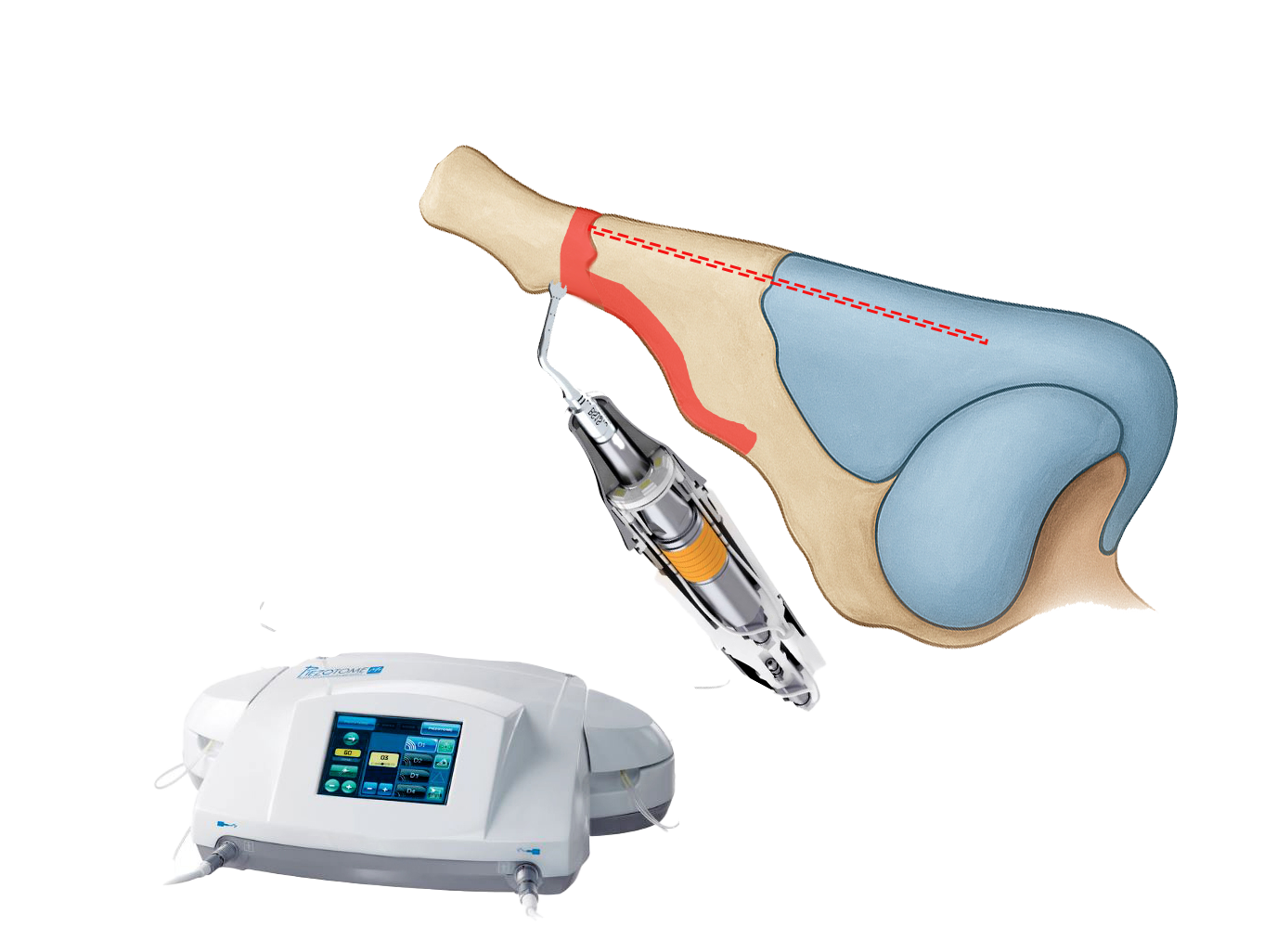
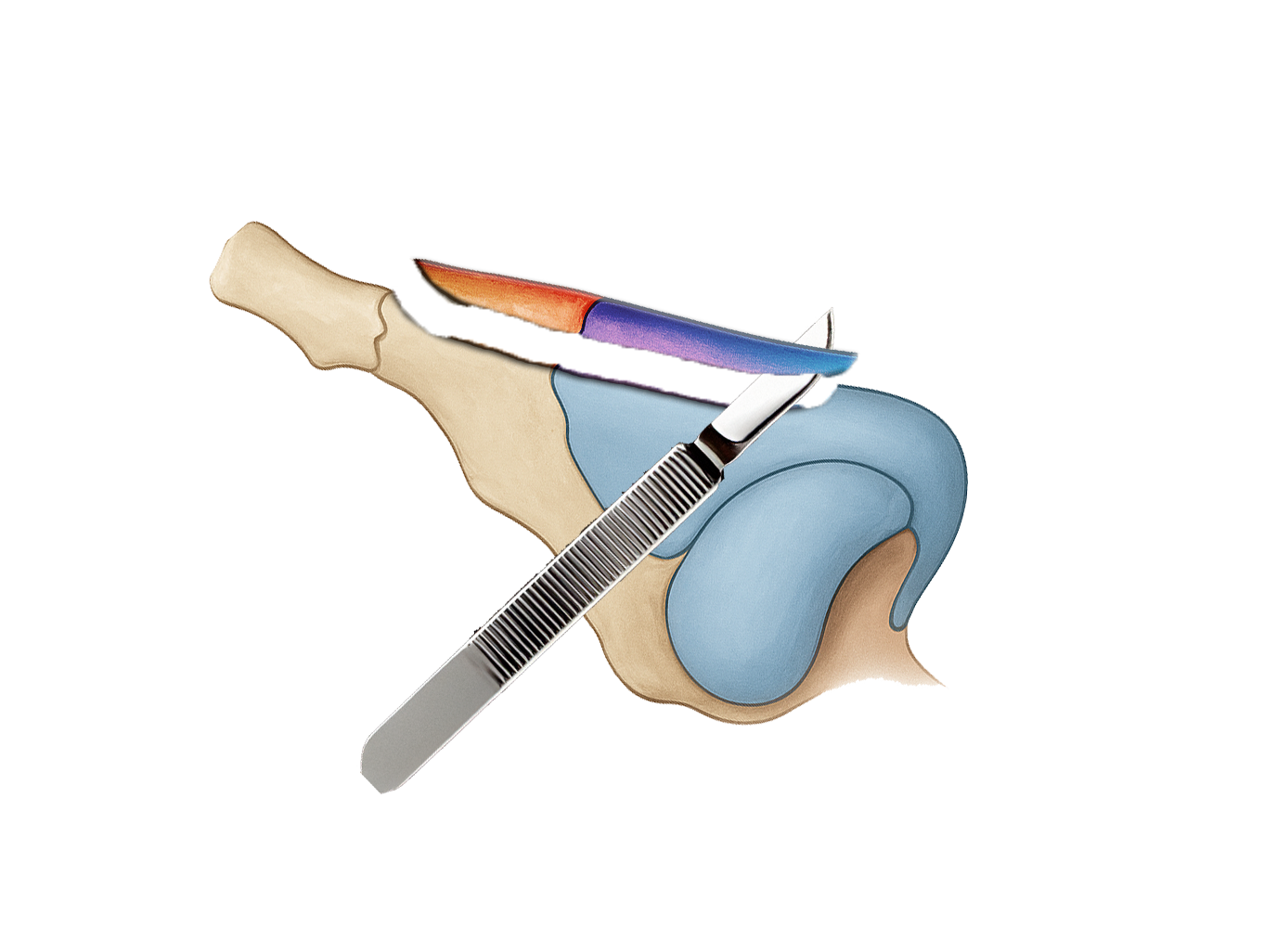
Dorsal Preservation
The hump is removed from underneath the surface
Preserves the narrowest part of the bridge
Maintains dorsal esthetic lines on the front view
Less cartilage grafts are required for reconstruction
Bridge healing is more predictable due to less resection and reconstruction
Traditional Hump Removal
The hump is removed from top down
The most narrow part of the bridge is removed
Dorsal esthetic lines can widen on front view
Requires significant cartilage for midvault reconstruction
Bridge healing is less predictable after resection of the surface and complexity of reconstructive graft survival
Can be performed through an open or closed approach
Final results typically take 12 months
Can be performed using ultrasonic rhinoplasty
Can be performed through an open or closed approach
Final results typically take 12 months
Can be performed using ultrasonic rhinoplasty
Is Dorsal Preservation Rhinoplasty Better?
Rhinoplasty experts in California utilize a range of tools and techniques to deliver optimal results. There’s no single “best” technique that suits every surgeon or every nose. Many specialists continue to achieve outstanding outcomes using time-tested, traditional techniques. Dr. Kolstad believes that dorsal preservation is not the best option for every nose. In many cases—particularly in revision rhinoplasty—traditional techniques remain essential. These may involve complex cartilage grafting, midvault reconstruction, bridge rebuilding, and other advanced methods to restore both form and function.
Dr. Kolstad believes dorsal preservation is the ideal approach for patients who are happy with their front view but bothered by a hump on the profile. Traditional hump reduction techniques often make it difficult—if not impossible—to maintain narrow, elegant dorsal aesthetic lines. With traditional hump reduction, the larger the hump, the more likely the nasal bridge would widen after surgery, compromising the front view.
Why Is My Nose Wider After Rhinoplasty?
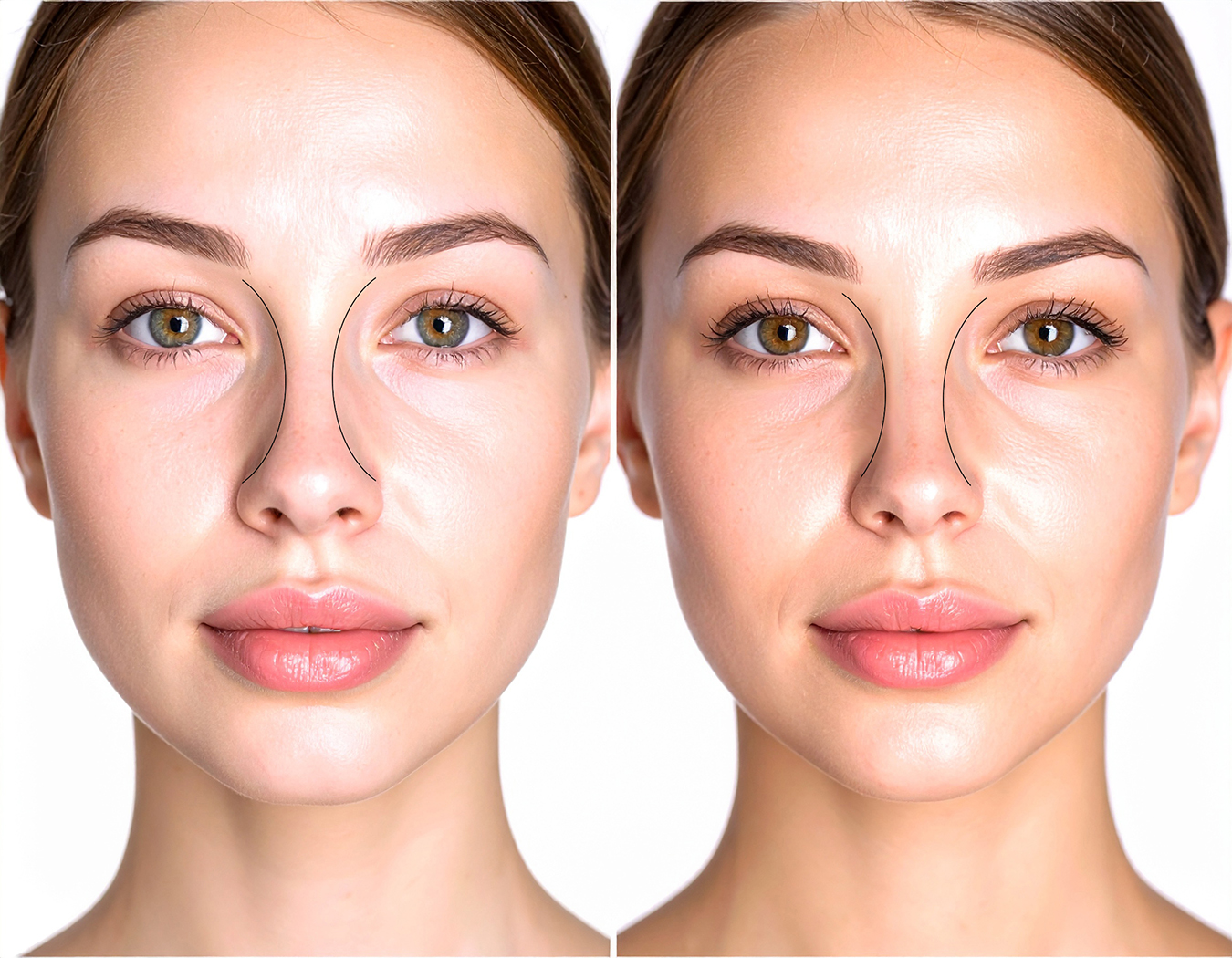
Dorsal preservation can maintain, narrow, or subtly widen the dorsal aesthetic lines. In cases of a crooked nasal bridge, it also provides innovative techniques to correct congenital deviations of the nasal axis.
What If I Want To Improve My Front View, Am I Still A Candidate For Dorsal Preservation?
Dr. Kolstad utilizes dorsal preservation to both narrow wide noses and widen overly narrow ones, depending on the patient’s anatomy. To refine wide dorsal aesthetic lines, Dr. Kolstad prefers ‘surface techniques’ — a precise approach that maintains the integrity of the nasal bridge while addressing specific areas for improvement. Nasal bone narrowing is achieved through ultrasonic osteotomies, while cartilage is refined using cable sutures.
Preservation rhinoplasty focuses on maintaining key structural elements of the nasal bridge. When certain features require enhancement or correction, surface techniques allow for targeted refinement without disrupting the overall architecture of the nose.
Ideal Candidates For Dorsal Preservation
You may be a good candidate for dorsal preservation rhinoplasty if you:
- Have a nasal hump or bump you wish to reduce
- Want to retain the natural dorsal esthetic lines and definition of your nose on the front view
- Have not had previous rhinoplasty (primary cases are ideal)
- Have a crooked nose due to a congenital nasal axis deviation
- Have a bump on the profile view and a narrow bridge on the front view
What’s The Recovery Like After Dorsal Preservation Rhinoplasty?
It’s important to remember that everyone heals differently after surgery. While we can’t predict the exact amount of pain or bleeding you might experience, rest assured that Dr. Kolstad will be available to support you throughout your recovery.
Most patients experience less bruising and swelling compared to traditional rhinoplasty. During the recovery process many people experience the following:
- Return to light activities in 1 day after surgery
- Return to full aerobic and weight training activities 2 weeks after surgery
- Splint removal after 7 days
- Visible improvements to the profile view, hump removal and tip lifting, within 2-3 weeks
- Final results after 6–12 months as swelling fully subsides
Follow-up visits are important to monitor healing and ensure optimal outcomes. Dr. Kolstad performs soft tissue contouring using injectable steroids during the first 12-16 months after surgery and it’s important to be available for treatment if the need arises.
What’s The Difference Between Ultrasonic Rhinoplasty And Dorsal Preservation Rhinoplasty?
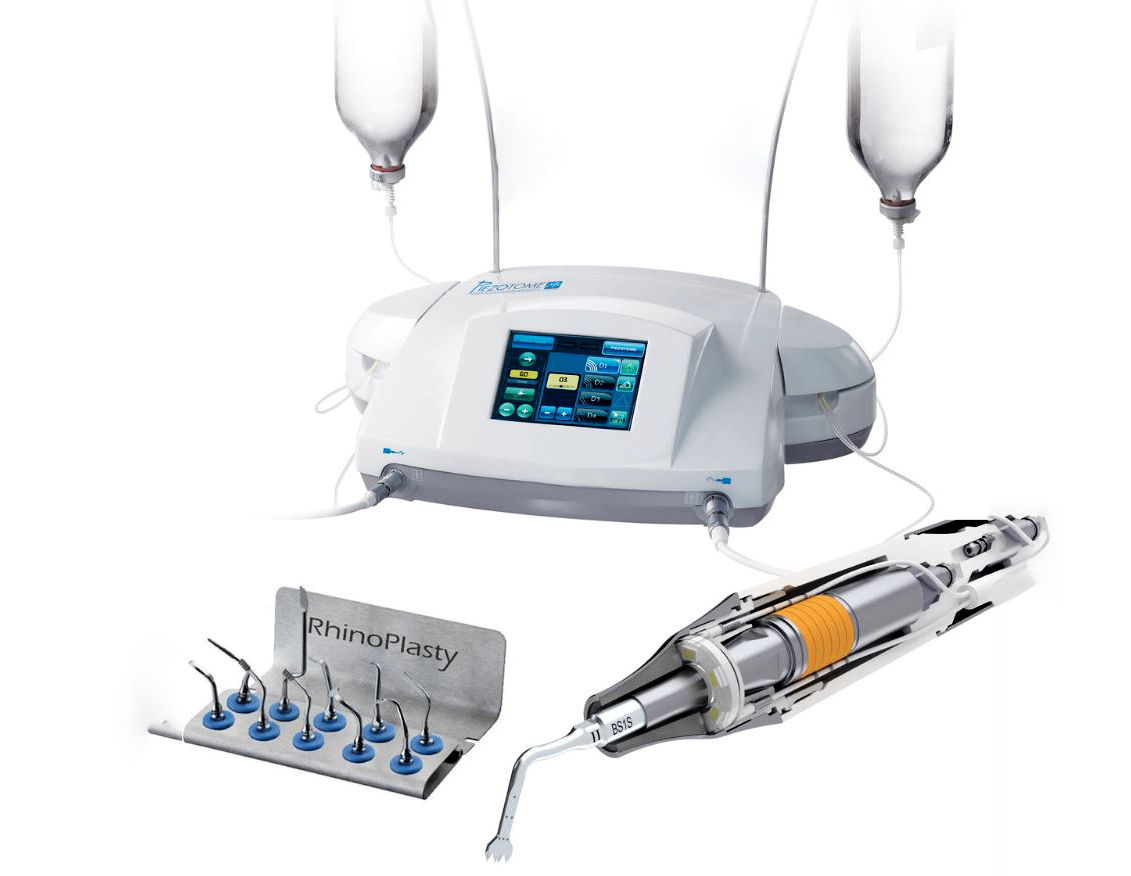
Dorsal preservation is used to lower a hump by making precise cuts in bone and cartilage underneath the surface. The goal is to maintain the natural appearance of the nose from the front while refining the side profile.
Ultrasonic rhinoplasty uses piezoelectric energy to perform highly precise cuts in the nasal bones. The accuracy of the piezotome makes it an ideal tool for supporting dorsal preservation techniques, enabling more controlled and delicate bone modifications while minimizing trauma to surrounding tissues.
Can Dorsal Preservation Straighten A Crooked Nose?
Dorsal preservation is Dr. Kolstad preferred way to straighten a crooked nose. Many noses appear crooked due to congenital nasal axis deviations.
Dorsal preservation offers tools like asymmetric let-down or push-down techniques, along with precise septoplasty, to shift the entire dorsal segment into better alignment with the midline.
Since the bridge is preserved as a single unit, realignment can be more harmonious, especially compared to techniques where the dorsum is disrupted and reconstructed from individual elements.
For complex nasal deviations, Dr. Kolstad employs the ‘low strip’ technique — the most advanced form of preservation rhinoplasty. This method allows for significant correction of the nasal axis by fully releasing the nasal bones and septal cartilage from the facial skeleton. Once released, the entire nasal structure can be repositioned to the midline and effectively straightened.
Historically, correcting a crooked nose often required complex rib grafts to straighten a deviated septum. Thick cartilage pieces, known as spreader grafts, were placed on either side of the septum to provide the strength needed for realignment. However, the thickness required for structural support frequently resulted in added nasal width, especially noticeable from the front view.
Where Does Dr. Kolstad Perform Dorsal Preservation Rhinoplasty?
In 2024 Dr. Kolstad opened a state of the art surgery center at his office in La Jolla, California. Our practice is located in the UTC part of La Jolla close to Westfield mall. Our surgery center is on the fourth floor offering expansive views and natural lighting throughout. It was important to Dr. Kolstad to design an OR that felt warm and inviting instead of the traditional cold and enclosed spaces found in most operating rooms.
On their way into surgery our patients are greeted with white marble floors, blue skies shining through large windows and the privacy of a single OR surgery center. We love showcasing our surgery center and would happily give you a tour during your consultation.
The OR features the most innovative and modern functionalities including the amazing privacy glass! With the flip of a switch the OR goes from transparent floor to ceiling windows to opaque and private. If you want to see more of our office and stunning surgical center click here.
Dr. Kolstad performs dorsal preservation rhinoplasty under general anesthesia using board certified anesthesiologists.
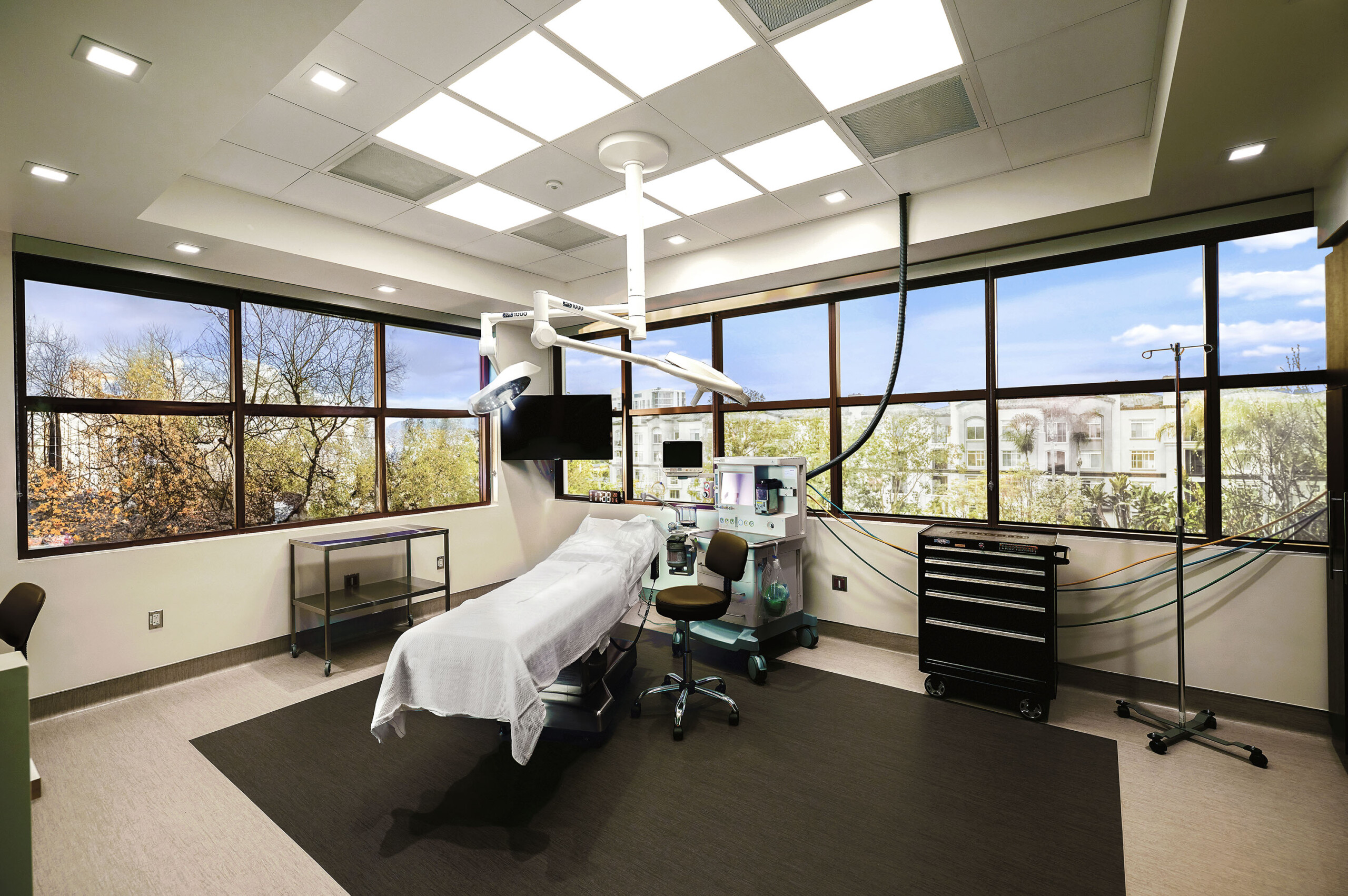
Dorsal Preservation Rhinoplasty Frequently Asked Questions
For current pricing, including estimates over the phone, give us a call at 858.859.2563! The most accurate way to determine the cost of a dorsal preseravation rhinoplasty is through an in-person consultation. Pricing varies based on several factors, including anesthesia and facility fees, the complexity of the procedure, any history of nasal trauma or prior surgery, the expected duration of the operation, and the need for additional grafting materials.
Dorsal preservation rhinoplasty can be more expensive than traditional rhinoplasty techniques. This is due to the specialized skills required, the meticulous surgical approach, and the additional time the procedure may take. Factors such as anesthesia and facility fees, the complexity of the individual case, and the surgeon’s expertise also play a role in the overall cost. An in-person consultation is the best way to get an accurate estimate tailored to your specific needs.
Check out our Rhinoplasty Before and After Gallery for tons of Dr. Kolstad expert rhinoplasty results!
In Dr. Kolstad’s experience there is significantly less bruising with dorsal preservation and ultrasonic rhinoplasty compared to rhinoplasty using osteotomes and mallets. Less bruising and swelling at the one week cast removal visit means a significantly faster recovery.
That being said, Dr. Kolstad recommends all of his patients to expect some amount of bruising and swelling during the first week. Even with meticulous technique and piezo technology some patients will have heavy bruising that can take longer than a week to resolve.
Contact Us
To schedule an appointment call us at (858) 859-2563 or get in touch with the form below.


